#broadleaf cattail
Photo
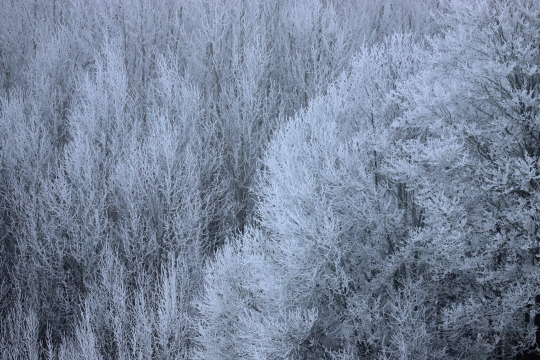


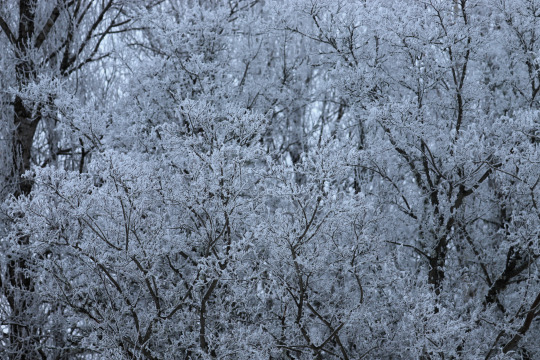
Värmland, Sweden (January 22, 2023).
587 notes
·
View notes
Text
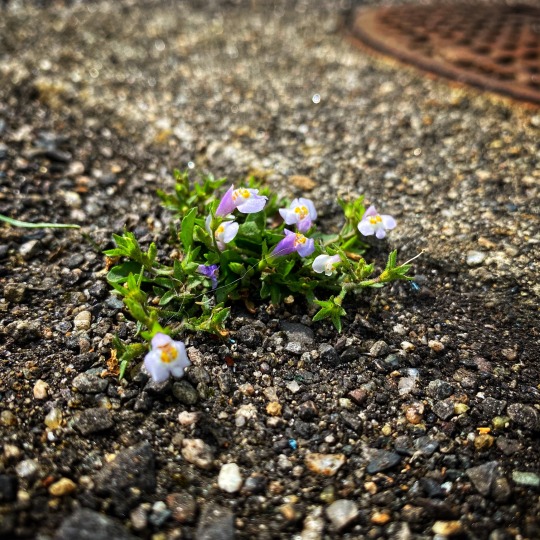
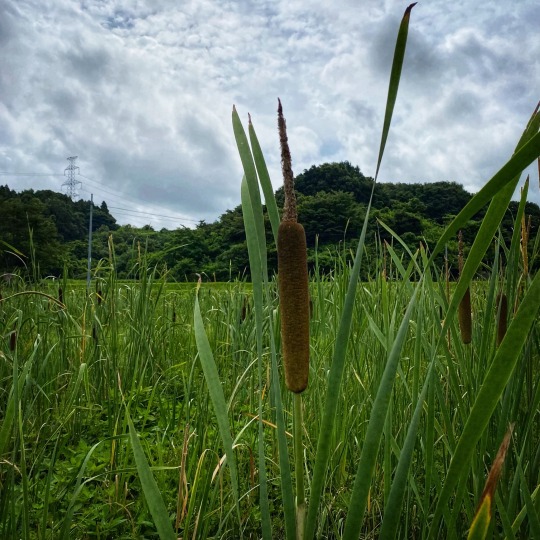

大人の発達障害アスペルガー/自閉スペクトラム症の就労継続支援B型事業所駐車場に精細注意特性,視覚過敏自閉症スペクトラム小さな常盤爆の花発見。ASD幼い頃から裏山の神社仏閣お墓で1人遊び。きりたんぽ状の茶色の花咲かすガマの穂,現代絵画モンドリアン想起の藪辛子の花も。機械好き視覚優位写メ感佩
#snapseed#autism spectrum disorder#high functioning autism#bike commute#social welfare workshop#continuous employment support#mazus pumilus#solitary play#broadleaf cattail#cayratia japonica
0 notes
Text
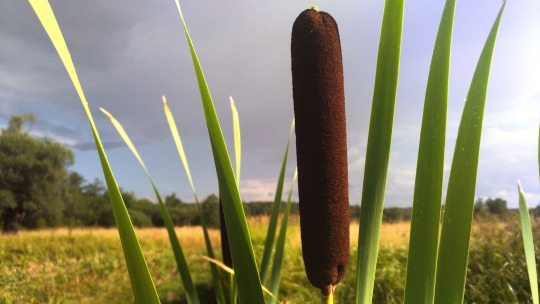
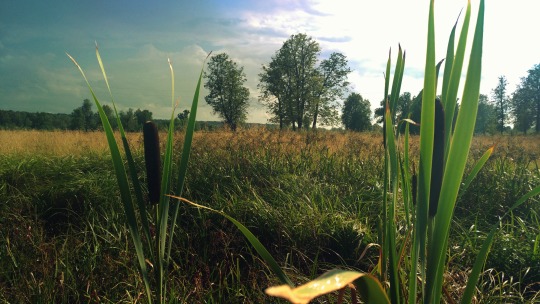
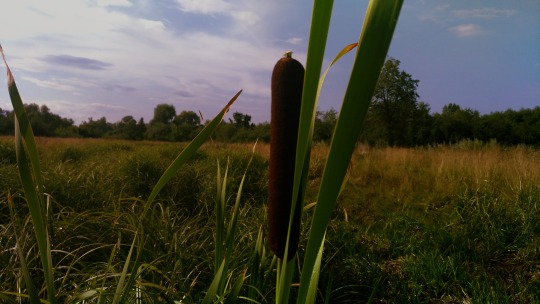
Рогоз широколистный, или Бочарная трава, или Куга, или Чакан (лат. Týpha latifólia).
Typha latifolia (Broadleaf cattail).
#русский tumblr#россия#осень#природа#зеленая природа#травянистое растение#рогоз#поля#трава#загородом#макрофото#мои фото#russia#autumn#nature photography#outdoors#beauty of nature#fields#grass#herbaceous planting#cattails#my photos#original photography#photographers on tumblr#macro photography
204 notes
·
View notes
Text
Random stuff from the Persona Club P4 book
I leafed through the Club book and more of the meta and setting stuff stood out to me than the character stuff. 🤓
The origins of Yasoinaba: The meta developer corner notes that Yasoinaba gets its name from the Hare of Inaba legend. Yaso comes from Okuninushi's brethren who are collectively called the yasogami. Samegawa is also a reference to the Hare of Inaba. In the myth, the hare went on the backs of sharks to reach the territory that would eventually be called Inaba. "Same" is shark, and "kawa/gawa" is river. The animal mascot in Inaba is the rabbit. Not because of the myth, though, but because there's a bunch of rabbits somewhere if you follow the Samegawa lol. The town plant is broadleaf cattail.
Tatsuhime Shrine: It's noted that Toyotamahime is the enshrined deity at Tatsuhime shrine. This is a kinda indirect reference to the Hare of Inaba. Toyotamahime was a sea creature who could transform into a human. Her sea creature form was said to be similar to that of a crocodile or a shark (see the above about the Hare of Inaba). Actually, my first blog post on here was about Toyotamahime and the woman at the shrine.
The staging area of the TV world: The design of the people on the ground on the floor of the staging area when you enter the TV world from Junes is the result of the main characters having murder on the brain when they first enter the TV.
The location of Junes: The Yasoinaba branch of Junes is located near the highway so it brings incidental business to town because people who are driving through will also stop there, not just Inaba locals.
Junes wages: Start at 690 yen per hour for high school students, and 900 yen per hour for others. (Per Google, this was like $6.67 / $8.70 per hour in 2008 when the game came out.)
Yosuke's dad's name: Yoichi Hanamura (花村陽一).
The origins of Konishi Liquor: A member of Atlus's battle team is named Konishi and their family actually owns a liquor store. Early on in development, the team just called the place "Konishi Liquor" as a placeholder after the developer and the name stuck. (The text specifically says this is about a Konishi on the battle team, so it's not referring to the composer who is also named Konishi.)
The in-universe history of Inaba: Yasoinaba developed as a mountain castle town with ties to Takeda Shingen. (This is a reference to the actual area in Yamanashi where Atlus drove to and used as a model for the shopping district.) Later, it became a coal mining town. But the coal mine has since closed. (I believe the coal mine part is fictional and isn't supposed to correlate to Yamanashi.)
Mayumi's Room and Saki's Shopping District: Originally, Mayumi's room and the shopping district with Konishi Liquor were a lot bigger and more similar to the size of the other dungeons in the time period after they were pushed into the TV. Once inside, they became lost in the maze and had to confront their shadows. But once the person who created these spaces/images died, these two places shrunk in size, hence the smaller areas you see in-game. The smaller parts are like "cores" of these once larger areas that remain behind. The book likens the small spaces / "cores" to ghosts that haunt the spots where they died.
Magatsu Inaba and Magatsu Mandala: Unlike the other dungeons, which sprung from repressed thoughts, Adachi's Magatsu Inaba was intentionally created to lure in the Investigation Team and confuse them. From the yellow caution tape, you can sense that a part of him still knows he's a detective.
The bit about the caution tape, I think you can read it also as an explanation to why he sends you the letter about the true ending - there is still detective'ing to be done. But like, I'm just gonna pretend I didn't read that. The tape says CAUTION KEEP OUT WARNING because babygirl has a hard time with feelings and people. Fuck you Atlus. Also, I guess his place being "intentionally" created is related to why he got to pick the entrance being in Mayumi's room.
Shadows: The shadows in Persona 4 aren't really the same as Persona 3. The book tells you to think of them separately as the ones in Persona 4 don't really directly harm people - they remain in the unconscious rather than appear in reality and shank people. Shadows in the TV world attack Persona users because they sense danger from Persona users and just instinctively know to attack them. Compared to Persona 3, there are more silly shadows because the Midnight Channel is influenced by the people who watch it.
Mitsuo Kubo's backstory: Mitsuo was a student at Yasogami High until Morooka caught him messing around in a downtown area, after which he was suspended from school for a week. This wrecked his ego / pride so badly that he dropped out of Yasogami High and held a grudge against Morooka. Btw, Hashino also mentions in this long interview that Mitsuo was originally not going to kill Morooka.
References to the Kirijo Zaibatsu: When Dojima tries to reach Nanako in November, he gets a pre-recorded message about the KJ phone service and Nanako's phone being off. "KJ" stands for "Kirijo". Additionally, when Naoto mentions that she did research and found info about shadows becoming Personas, this info was leaked from a Kirijo research lab.
Did Kashiwagi seriously book the kids at a love hotel?: The love hotel on Shirakawa from Persona 3 was renovated (kind of) into a regular hotel by the time of Persona 4.
Yomenai Bookstore: Yomenai means "unreadable". The owner's last name is actually Yomenai, and they didn't realize their last name wasn't a good match for running a bookstore until after they opened up business. School kids started making fun of the store, which bothered Yomenai at first, but they left the store open and now stock mostly books related to their own hobbies. In other words, the majority of the books at the store are "unreadable" to regular people.
#persona club p4#japanese mythology#yosuke hanamura#mayumi yamano#saki konishi#tohru adachi#mitsuo kubo#persona 4#persona 3
106 notes
·
View notes
Text
Karelian Words - Root vegetables
Juurekset, paissikkahat - root vegetables, plants of which roots are eaten
Akančiiloi - Marsh woundworth (Stachys palustris)
Batat, batakka - Sweet potato (Ipomoea batatas)
Čibanbutki, kožlanbutki - Ground elder (Aegopodium podagraria)
Dorogaohtoi, takkisheinä - Burdock (Arctium tomentosum, A. lappa and A. nemorosum)
Ičenbutki, butkiheinä - Wild angelica (Angelica sylvestris)
Imeläjuurikoi, s'okla - Sugar beet (Beta vulgaris altissima)
Jogihyyhky, kondienhyyhky - Wild celery (Angelica archangelica)
Juuripetruška - Parsley root (Petroselinum crispum tuberosum)
Juuriselderi - Celery root (Apium graveolens rapaceum)
Kagrajuurikoi - Common salsify (Tragopogon porrifolius)
Kal'uha, koalikka, lanttu - Rutabaga, swede (Brassica napus rapifera)
Kartohka, potakka - Potato (Solanum tuberosum)
Keldajuurikoi, morkohka - Carrot (Daucus carrota sativus)
Moabul'u, moabul'pukka - Jerusalem artichoke (Helianthus tuberosus)
Mustajuurikoi - Black salsify (Scorzonera hispanica)
Nagris, ńakoi, repa - White turnip (Brassica rapa rapa)
Osmankeäbä - Broadleaf cattail (Typha latifolia)
Perččujuurikoi, hren'a - Horseradish (Armoracia rustiana)
Redissu - Radish (Raphanus sativus sativus)
Ruskeijuurikoi, sv'okla - Beetroot (Beta vulgaris vulgaris conditiva)
Rötky - Black radish (Raphanus sativus niger)
Valgeijuurikoi - Daikon (Raphanus raphanistrum sativus)
Voikukka - Dandelion (Taraxacum)
Ämmänbutki, pasternakka - Parsnip (Pastinaca sativa)
#karjal#karjalan kieli#карельский язык#karelian#karjala#karelia#karelian language#kariela#каре́льский язы́к
17 notes
·
View notes
Video
youtube
Edible And Medicinal Plants; BroadLeaf and Southern Cattail
0 notes
Video
Grote Lisdodde - potloodtekening /Broadleaf cattail - pencil drawing by Janneke Booister
Via Flickr:
Pencils on Clairefontaine PaintOn Vert-de-Gris paper 250 g/m2.
Colours used are Brown Ochre; Derwent Watercolour Pencils and Green Grey, Slate Green, Port, Aubergine, Dark Indigo, Cocoa; all Derwent Graphitint Pencils.
My own reference.
Paper size 30 x 42 cm (A3), available (Contact me)
Het verhaal van deze tekening is beschreven in mijn blog / The story of this drawing is written in my blog jannekesatelier.blogspot.com/
#Tekening#Janneke Booister#plant#Nederland#zomer#Typha latifolia#atmosfeer#pencil drawing#Netherlands#atmosphere#flickr
0 notes
Photo

Bulrush reed
Prints for sale in my Redbubble and Werkaandemuur (NL/BE/FR/DE) shop
#bulrush#reed#cattail#nature#photography#a game of tones#wildflowers#marsh#wetlands#gold#cottage core#bokehlicious#original photography#original photographers#photographers on tumblr#lensblr#pws#broadleaf cattail#werkaandemuur#redbubble
1 note
·
View note
Photo

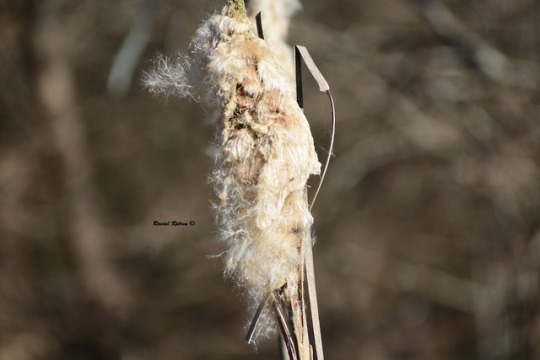
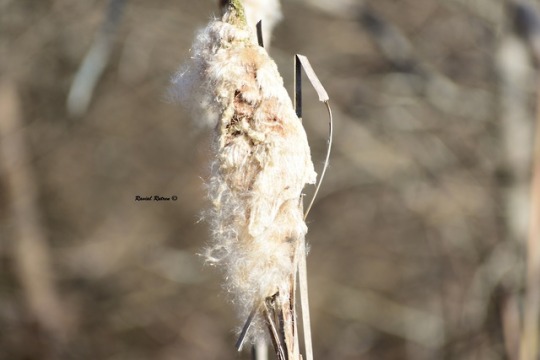
I just learned something interesting about the common cattail (Typha latifolia): it has two flowers. The big brown part is the female one and the tip at the top is the male. Got this info thanks to @wildandfree.mb on Instagram. They also taught me that cattails filter toxins and are edible. The more you know.
#common cattail#broadleaf cattail#common bulrush#cat-o'-nine-tails#great reedmace#cumbungi#conservation status: least concern#Plantae#Angiosperms#Monocots#Commelinids#Poales#Typhaceae#Typha#Typha latifolia#Massula latifolia#Typha ambigua#Nikon D3400#nikonphotography#nature photography#photographers on tumblr#Black Bayou Lake National Wildlife Refuge#my flora#flora of Europe#flora of Asia#flora of Africa#flora of North America#flora of South America#plants used in Native American cuisine#plants used in traditional Native American medicine
3 notes
·
View notes
Photo

Typha latifolia, leveäosmankäämi
3 notes
·
View notes
Photo
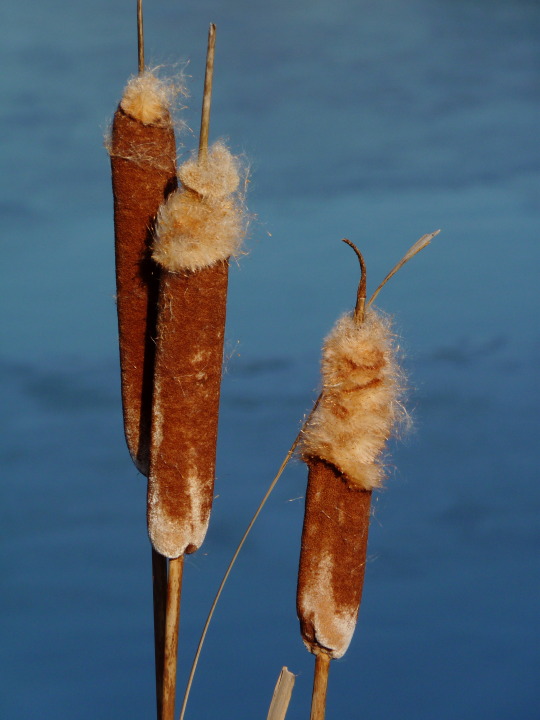
Broadleaf Cattails (by me)
#Broadleaf Cattail#Typha latifolia#Typha#Typhaceae#Poales#cattails#grass#wetlands#pond#winter#Donaldson Park#Highland Park#Middlesex County#New Jersey#mine
86 notes
·
View notes
Text
20 Edible and Medicinal Plants & Fungi to Forage in Spring
1. Dandelion: The quintessential spring foraging plant, with edible and medicinal flowers, leaves, and roots. Make dandelion salve from the flowers, pesto or a salad with the leaves, and dandelion root coffee with the roots. 50+ Dandelion Recipes: https://www.growforagecookferment.com/dandelion-recipes/
2. Chickweed: A tasty edible green that dies back once the weather gets too warm, so pick it while you can! It's great in salads or pesto, and medicinally is soothing and cooling to the skin thanks to it's saponins.
3. Miner's Lettuce: A delicious salad green that grows wild in the western United States.
4. Wild Violet: Both flowers and leaves are edible and medicinal! They're often one of the first flowers in spring and make a delicious violet jelly or syrup or can be made into soothing wild violet soap or violet leaf balm. Violet Leaf Balm Recipe: https://thenerdyfarmwife.com/violet-leaf-balm-good-for-eczema-fibrocystic-breasts/
5. Clover: Red clover and white clover blossoms are both sweet and edible. Red clover especially is packed with vitamins and minerals! They both make a delicious tea, white clover iced tea recipe here: https://www.growforagecookferment.com/white-clover-iced-tea/
6. Fiddlehead Ferns: Fiddleheads are just fern leaves before they unravel, available only for a few weeks in spring. Ostrich fern is the most popular and tasty, similar in flavor to asparagus. Some fern varieties are toxic! *Make sure you have a good guidebook and always positively identify before harvesting!
7. Ramps: Also known as wild leeks. They have a strong onion flavor and can be used in place of onions or garlic. It's *important* to remember that ramps are becoming threatened in many areas. Consider your foraging spot and ALWAYS cut ramp leaves, leaving the bulb in the ground to regrow.
8. Cattail Shoots & Pollen: Every part of cattails can be used in some way, but the young spring shoots are the tastiest. They kind of taste like cucumber and can be eaten raw. The yellow pollen that covers the flower spike in spring and summer can be used as a foraged flour substitute.
9. Wild Asparagus: Notoriously difficult to spot, wild asparagus grows in patches throughout the US and Canada and tastes just like regular garden asparagus.
10. Stinging Nettle: *Bring a pair of gloves for harvesting! Don't touch it with bare skin!* Nettle is a superfood, packed with vitamins and minerals. Cooking it gets rid of the sting. Nettles are also medicinal, commonly used for kidney and bladder problems and as a tonic for women's reproductive health. Stinging Nettle-ade Recipe: https://www.growforagecookferment.com/stinging-nettle-ade-recipe/
11. Dead Nettle: Purple dead nettle is the most common variety and is often found in backyards, fields, parks, and gardens. It's delicious in a salad or pesto!
12. Henbit: In the same family as purple dead nettle and very similar looking. This is another yummy green for salads or a wild pesto. Chickens also love henbit, hence the name!
13. Garlic Mustard: Sometimes considered invasive, garlic mustard has a strong garlicky flavor that goes great in soups, salads, stir fries, tacos, and many other dishes. Since it's such a prolific plant you can usually pick lots of it without worry of over-harvesting.
14. Willow: Willow trees are highly medicinal trees and powerful pain relievers. All willows contain salicylic acid, the precursor to aspirin. It's bitter, but chewing some of the inner bark, drying it for a tea, or turning it into a decoction/tincture works well for pain relief and early spring is the best time to harvest.
15. Yarrow: A highly medicinal plant with white flowers and frilly leaves that make it easy to identify. It's bitter, but works in treating fevers and coughs, to help stop bleeding, and heal minor scrapes and bug bites. Yarrow is also great for skincare since it's soothing to the skin.
16. Plantain: Both edible and medicinal, with two main varieties, broadleaf plantain and narrowleaf plantain which are both beneficial. The young leaves can be eaten raw and are very nutritious. Older leaves are good in recipes like soups. Chewing some plantain leaf and putting it on a bug bite, bee sting, or minor wound will help with healing and to stop itching.
17. Cleavers: Many of us know cleavers as a garden weed that sticks to everything, but it's also medicinal! Cleavers are a highly nutritious food and also healthy for the lymphatic system. Blanching will get rid of the sticky hairs, here's some recipe ideas for cleavers: http://www.myhealthyhomemadelife.com/spring-foraging-5-ways-use-cleavers/
18. Morel Mushrooms: Some of the best (and most elusive) mushrooms to forage in spring. Morels should be cooked before eating and can be used like any other mushroom in recipes, they're delicious simply sauteed with a little butter too. *Always use a mushroom guidebook when mushroom hunting and ensure positive identification before consuming!
19. Oyster Mushrooms: Relatively easy to identify since they only grow on trees and stumps, oyster mushrooms are one of the tastiest wild mushrooms around. *Always use a mushroom guidebook when mushroom hunting and ensure positive identification before consuming!
20. King Bolete Mushrooms (Porcini): Considered a delicacy because they're so yummy, king boletes are often found on the forest floor growing under conifer trees. *Always use a mushroom guidebook when mushroom hunting and ensure positive identification before consuming!
Keep Reading: https://www.growforagecookferment.com/what-to-forage-in-spring/
204 notes
·
View notes
Text
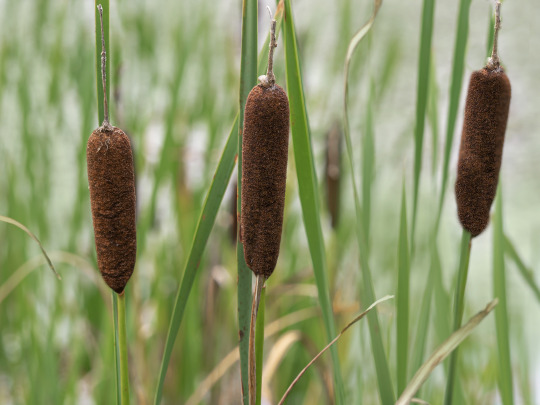
Three bulrushes (Typha latifolia), also known as great reed mace and broadleaf cattail
39 notes
·
View notes
Text
Karelian words - Vegetables
Kazvokset, ouvešit - vegetables
Bŕukvu, kaĺuha - swede
Dorogalehti - broadleaf plantain (Plantago major)
Gurbičču - pumpkin, Cucurbita, esp. pepo pepo
Herneh - pea
Horma - willowherb (Chamaenerion angustifolium)
Jänöinleiby - wood sorrel (Oxalis acetosella)
Kapusta - gabbage
Kartohku, potakka - potato
Keldujuurikoi, morkohku - carrot
Kezägurbičču - courgette
Kožlanheiny - ground elder (Aegopodium podagraria)
Kukkukapusta - cauliflower
Kukuruuzu - corn
Laukka - onion
Myskigurbičču - butternut squash
Nagris - turnip
Ogurču - cucumber
Osmankeäbä - Broadleaf cattail (Typha latifolia)
Pabu - bean
Pomidor, tomuattu - tomato
Poreilaukka - leek
Redissu - radish (Raphanus sativus minor)
Ruškeijuurikoi, sv'oklu - beetroot
Rötky - radish (Raphanus sativus major)
Sarvińägälä - iceland moss (Cetraria islandica)
Sparžu - aspargus
Sparžukapusta - broccoli
Šiiloi - nettle
Špinuattu - spinach
Voikukku - daffodil
10 notes
·
View notes
Text
Smoothie Ideas
Unasked for, but liked by some! If I had access to all of these (and under responsible circumstances) and a good amount of space to work with as well as room in a freezer, and a good blender/food processor, this is what I would do. All plant parts in equal amounts. Plus plain yogurt and silky tofu for texture. And honey, tulip tree nectar, and syrups of sugar maple, boxelder maple, red maple, black maple, silver maple, mountain maple, swamp maple, yellow birch, sweet birch, water birch, paper birch, gray birch, bog birch, butternut, black walnut, American sycamore, basswood, silver linden, green alder, mountain alder, American elm, slippery elm, and rock elm for added sweetness.
Canada Day smoothie
honey: summer
American chestnut
American ginseng
aster petals:
fringed blue
heart-leaved
New England
panicled
smooth
avens roots:
purple
prairie smok
white
yellow
bayberry fruits and leaves:
northern
sweet gale
beebalm flowers:
horsemint
scarlet
wild bergamot
blackberries and raspberries:
Allegheny blackberry
American red raspberry
arctic raspberry
black raspberry
blue raspberry
Canadian blackberry
cloudberry
common dewberry
dewberry
glandstem blackberry
leafy-bracted blackberry
loganberry
Pennsylvania blackberry
purple-flowering raspberry
salmonberry
setose blackberry
sphagnum dewberry
swamp dewberry
thimbleberry
trailing raspberry
bluebells:
tall
Virginia
blueberries and cranberries:
bog bilberry
common blueberry
deerberry
highbush blueberry
hillside blueberry
large cranberry
lingonberry
lowbush blueberry
small cranberry
Canada buffaloberry
Canada ginger root
Canada yew berry
cattail hearts:
broadleaf
narrowleaf
cherries and plums:
American plum
Canada plum
black cherry
chokecherry
pin cherry
sand cherry
chokeberries:
black
red
columbine flowers:
Canada
smallflower
common hop
common yarrow flower and leaf
cow parsnip stalk
cranesbill flowers:
herb robert
wild geranium
crowberry
cucumber tree flower
currants and gooseberries:
American blackcurrant
American gooseberry
Canadian gooseberry
golden currant
northern blackcurrant
northern redcurrant
prickly gooseberry
skunk currant
dogwood fruits:
blue-fruited
bunchberry
flowering
gray
red osier
eastern hemlock tip
eastern white cedar tip
elderberries:
American red
common
false Solomon’s seal berries:
Canada mayflower
false Solomon’s seal
starry false Solomon’s seal
fireweed
fleshy dandelion flower
forget-me-not flowers:
largeseed
smallflower
spring
goldenrod flowers:
Canada
gray
prairie
sticky
goldenseal
greenbrier berries:
blue ridge carrionflower
bristly
common
Illinois
smooth carrionflower
upright carrionflower
groundcherries:
clammy
common
Virginia
hackberries:
dwarf hackberry
hackberry
haws:
cockspur
fireberry
dotted
downy
hazelnuts:
American
beaked
hickory nuts:
bitternut
pignut
shagbark
shellbark
honey locust pod pulp
honeysuckle fruits and flowers:
black twinberry
Canadian fly
haskap
mountain fly
hyssops:
anise
purple giant
Jack-in-the-pulpit berry
juniper berries:
common
creeping
eastern
Kentucky coffee tree pod pulp
kinnikinnick berry
lily flowers:
Canada
Michigan
wood
linden flowers:
basswood
silver
maple blossoms and seeds:
black
boxelder
mountain
red
silver
sugar
swamp
mayapple
milkweed pods and flowers:
butterflyweed
common
fourleaf
green comet
oval leaf
poke
prairie
purple
redring
swamp
tall green
whorled
mints:
Canada
peppermint
wild
mountain woodsorrel flower, leaf, and fruit
Oregon grapes:
creeping
Oregon grape
partridgeberry
pawpaw fruit
pine tips and young cones:
eastern white
jack
pitch
ponderosa
red
pokeweed berry juice
prickly cucumber juice
prickly pears:
fragile
devil’s tongue
ramps flower
red mulberry
redbud flower
riverbank grape
robin runaway flower
rose mallow flowers:
Halberd-leaf
swamp
rose petals and hips:
climbing wild
pasture
prairie
prickly wild
shining
smooth
swamp
Virginia
woods’
roughfruit fairybells berry
sarsaparillas:
American spikenard
bristly
wild
sassafras
serviceberries:
Allegheny
Bartram juneberry
Canadian
downy
inland
low shadbush
pigeonberry
roundleaf
saskatoon
silverberry
snowberries:
coralberry
snowberry
western
spicebush
spruce tips and young cones:
black
red
white
stinging nettle top
strawberries:
Virginia
woodland
sumac berries:
fragrant
shining
smooth
staghorn
sunflower petals, tubers, and seeds:
cheerful
giant
narrowleaf
Nuttall’s
pale-leaf
stiff
sunchoke
woodland
sweet crabapple fruit and blossom
sweetfern leaves
sweetgrass
tamarack tip
twisted stalk berries:
rose twisted stalk
watermelonberry
unicorn root
viburnum berries:
arrowwood
highbush cranberry
mapleleaf
nannyberry
snowball tree
squashberry
witch’s hobble-bush
witherod
violets:
arrowleaf
bird’s foot
Canada
crow-foot
downy yellow
early blue
Labrador
long-spurred
marsh
marsh blue
New England blue
northern bog
northern woodland
small white
sweet white
wood
Virginia creeper berry pulp
walnuts:
black
butternut
wild savoury and wild basil leaves
wild yam
wintergreens:
American
creeping snowberry
witch-hazel
5 notes
·
View notes
